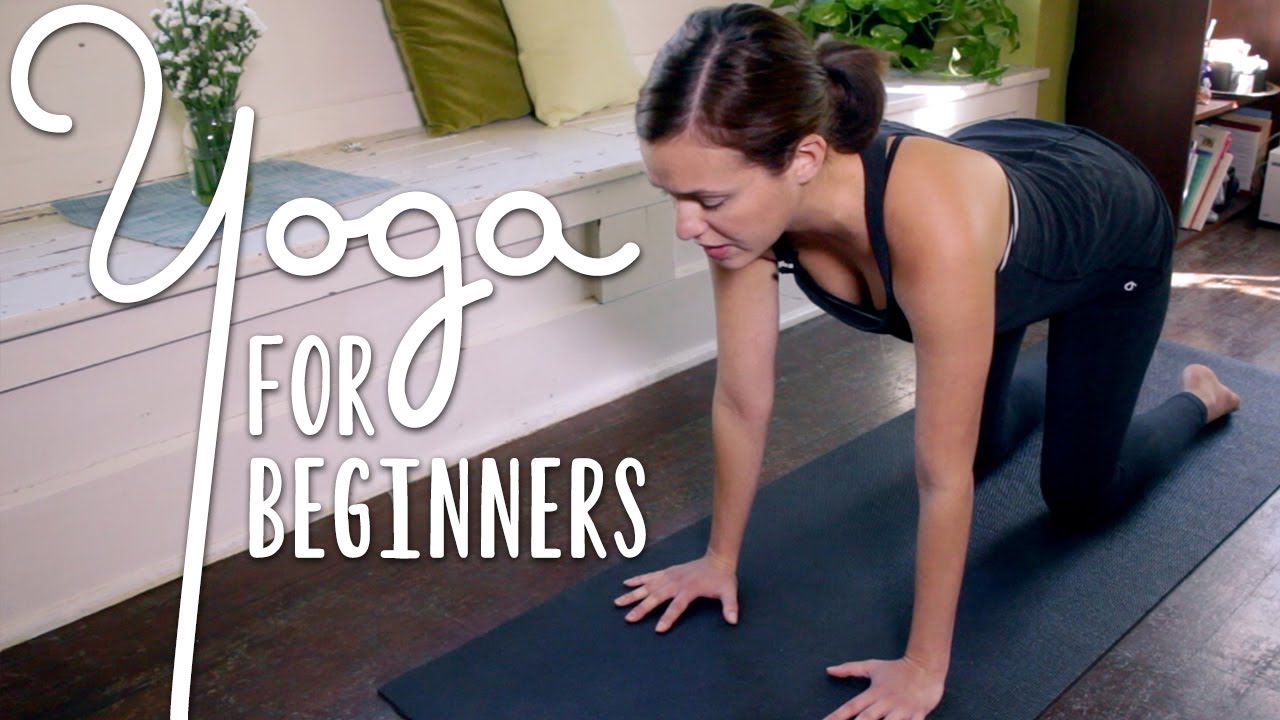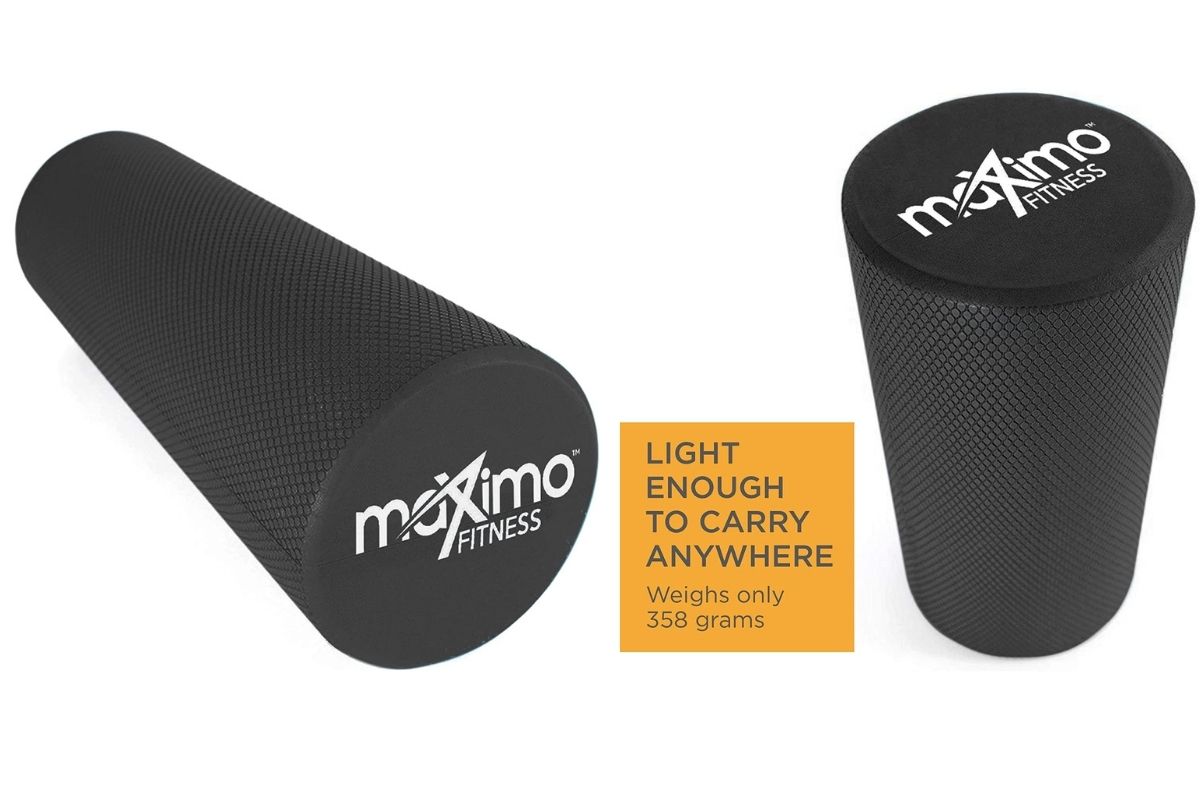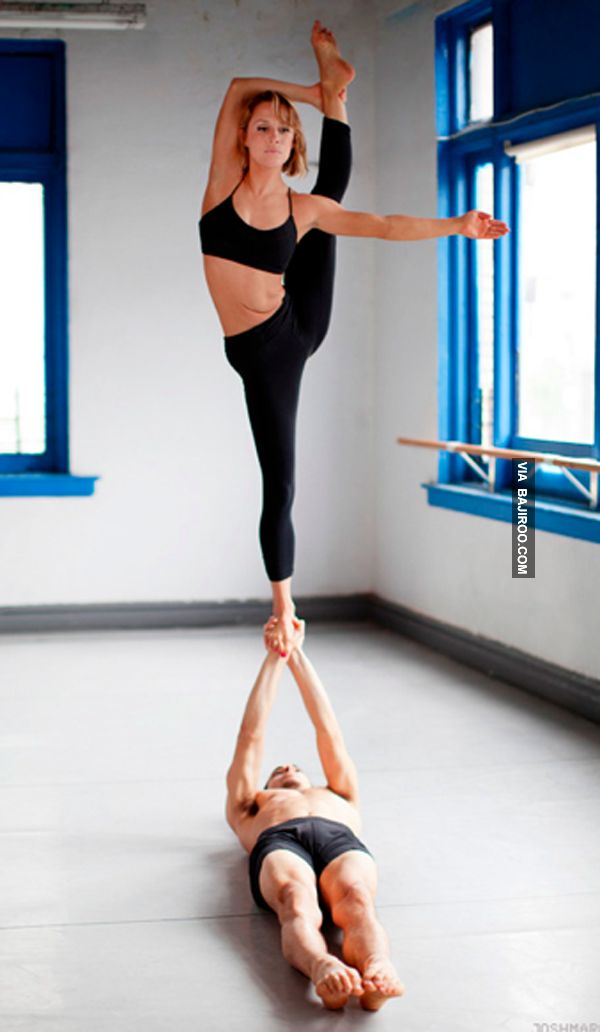
Ashtanga is one type of yoga, while vinyasa is another. Both are very similar in their structure and practices, but they have some differences. Traditional Ashtanga schools won't practice on full moons or new moons and don't use particular mantras or music to guide their students. In Vinyasa classes, the teacher may play a soundtrack to help students focus, but this is not an Ashtanga tradition.
Yin Yoga
There is a significant difference between Ashtanga and Yin Yoga. The first involves more vigorous movements while the latter is a more meditative type of yoga. Both have the same benefits, but each offers a slightly different perspective. Ashtanga aims to strengthen and tone the muscles, while Yin aims to relax the body and mind.
Vinyasa is another type of yoga. The Sanskrit name for flow comes from the Sanskrit words meaning "flow". It refers both to the fluidity, and movement of the poses. Many vinyasa classes feature music to keep the atmosphere light and fun. These classes are similar to Ashtanga in intensity, but they differ in style and intensity.
Restorative Yoga
Restorative Yoga is a gentle form of yoga that helps the body relax and unload. Its goal is to help students unwind and reconnect with their bodies. To relieve tension and pain, the focus is on deep breathing. This can be especially helpful for people who suffer from back or neck pain or who wish to prevent injury.

Restorative yoga uses props in order to support the spine. Most restorative poses can only be performed sitting down. They are designed to be relatively passive, and they are usually held for a few minutes. Restorative Yoga is for people who need to relax from a strenuous practice of yoga, are recovering after an injury, or are under a lot stress.
Ashtanga
There are many different styles of Ashtanga Yoga from Vinyasa Yoga. The first is that the Ashtanga style involves a set sequence that is usually performed in a fixed order. Vinyasa requires that students take varying postures according to the teacher. Students may create their own vinyasa, or a special sequence, as a result. This sequence is easy to remember, which encourages the development and maintenance of nirodhah, the spiritual state.
While Ashtanga yoga is more traditional and has a long lineage in India, Vinyasa has become more popular in the west. Vinyasa can be used by both serious and casual practitioners. You may find both styles of yoga to be beneficial depending on your goals.
Vinyasa
Ashtanga and Vinyasa yoga are both different types of yoga practice. Ashtanga teaches the asanas in a specific sequence. Vinyasa, however, is more flowy. Vinyasa, despite being more difficult to practice, can be done more easily and is often more accessible to beginners.
Vinyasa yoga originated as a branch of Ashtanga yoga. It evolved from slow Vinyasa flow yoga to power yoga. Vinyasa yoga classes usually have many Ashtanga postures, but the order is sometimes changed to increase intensity. Vinyasa also uses the Ujjayi breath technique. This requires that the yoga teacher concentrate on the breath when performing poses. Some Vinyasa yoga classes also feature multiple levels and quick transitions between poses.

Yin yoga vs ashtanga
Ashtanga can be described as a dynamic type of yoga. Yin Yoga focuses on slow, meditative energy. Yin Yoga focuses primarily upon seated postures, connective tissue, as well as encouraging calmness and patience. Both styles have their benefits. Here are some factors to consider when deciding which yoga style you prefer.
Yin yoga emphasizes holding poses for several minutes. While it can be uncomfortable at the time, this helps to strengthen the connective tissues. You can prepare your body to do more difficult poses, like Warrior II, by holding long half-pigeons.
FAQ
Do yoga has side effects?
Like all forms of physical activity, yoga has some potential risks. The biggest risk is injury. The main risk is injury.
If you're just starting yoga, you may feel dizzy and faint standing on your head.
This is caused by blood pooling in your brain. Don't worry, though; this sensation goes away quickly.
Do downward-facing dogs if you experience chest pains. Don't hold your breath. This will only increase heart rate and make things worse.
How long should a class of yoga be?
Yoga sessions last between 45 minutes- 1 hour. The type of yoga you do will affect the time taken. 45-60 mins would be sufficient for strength-building exercises. An hour or more may be necessary if you want to meditate or relax.
You can also vary the length of your yoga classes depending on which type you are taking. Some focus on quick movements while others stress slow, deep stretches.
Is there a way to do yoga at home?
Absolutely! There are many different ways that you can practice yoga at-home. For example, videos, DVDs/CDs, CDs, magazines and apps can all be used to practice yoga at your home.
YouTube has free videos of yoga that you can download. But, it is best to get a professional instructor to guide your movements.
Statistics
- A 2020 review of 27 studies (1,805 total participants) of yoga interventions in children or adolescents found reductions in anxiety or depression in 70 percent of the studies, with more promising results for anxiety. (nccih.nih.gov)
- About one in seven U.S. adults practiced yoga in the past 12 months, according to a 2017 national survey. (nccih.nih.gov)
- The American Psychological Association recently shared that 84% of American adults feel the impact of prolonged stress (5). (healthline.com)
- According to calorie estimates calculated at Harvard Medical School, the average 125-pound person burns about 120 calories in a half hour of hatha yoga, and a 185-pound person burns about 178 calories in that half hour. (everydayhealth.com)
- In comparison, a 125-pound person is estimated to burn 135 calories in 30 minutes of walking (at a pace of 15-minute miles) and 210 calories bicycling at a moderate pace on a stationary bike. (everydayhealth.com)
External Links
How To
Is yoga a good option for menopause symptoms?
Yoga is an ancient practice that originated in India and focuses on stretching, breathing, and meditation. It has been used to stay fit for thousands upon thousands of years. Recently, it has become increasingly popular as people seek alternative ways to keep healthy and active during periods of stress and illness.
Yoga is about using postures (asanas), in order to stretch muscles and improve flexibility. This can help relieve tension, increase strength, and endurance.
There are many types and styles of yoga. Each type focuses on specific aspects of the body, such as breath, stretching, and relaxation.
The aim of all forms of yoga is to achieve balance within the body and mind. Yoga benefits include better fitness, better sleep quality as well weight loss.
Numerous studies have demonstrated that yoga can be used to treat anxiety, depression, and insomnia. However, evidence is lacking to show that yoga has any effect on other health issues like menopausal symptoms.
Yoga can help you feel happier and healthier, as well as teach you how to relax in stressful situations. This could be very helpful for menopause.
It is important to note that yoga can cause muscle soreness after exercise, so starting at a low-intensity level is wise. Your doctor should be consulted if you have questions or concerns about your health.